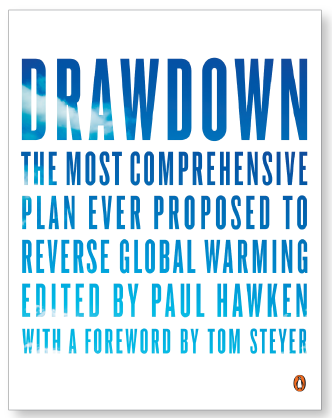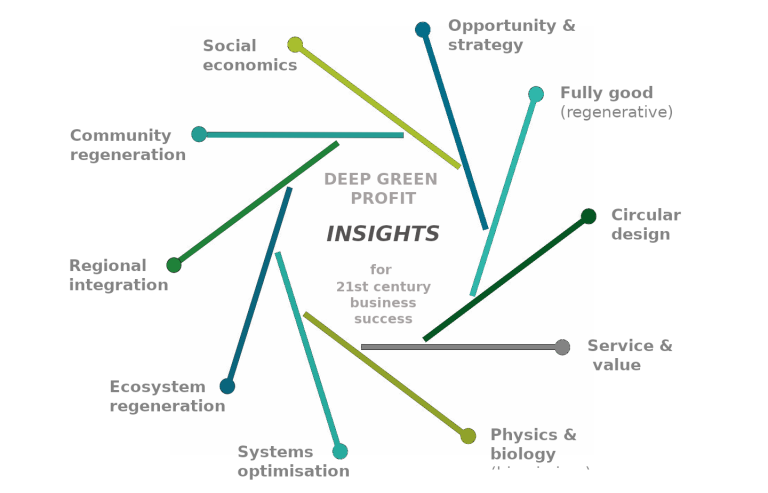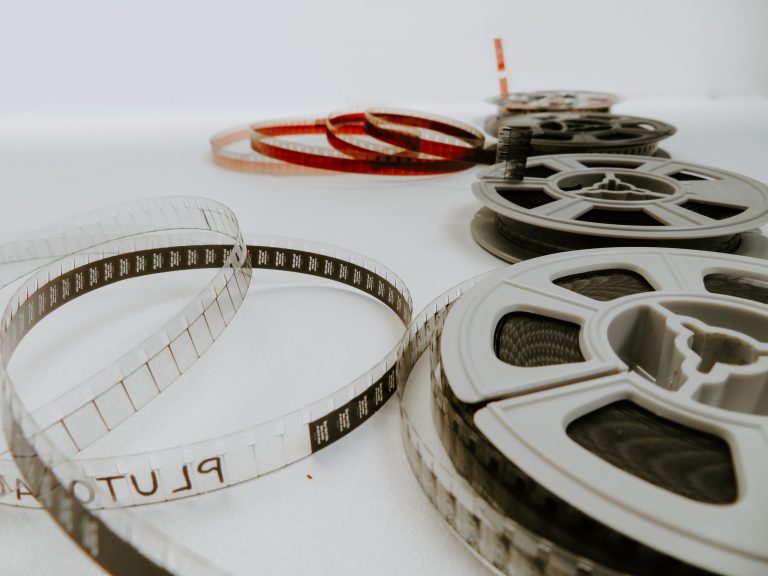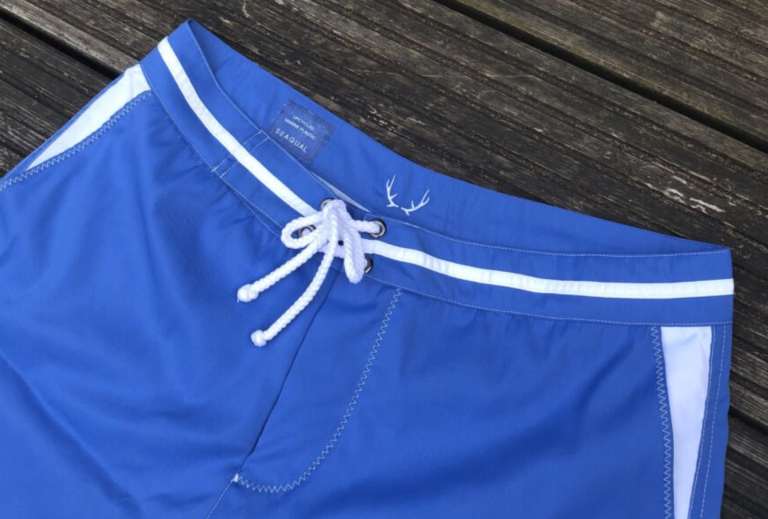What do geckos have to do with carpet tiles?
For years I tried to ignore my environmental concerns. I was worried but felt powerless. Then I was introduced to “Natural Capitalism” and I got interested – almost in spite of myself.
The story of a mid-course correction
Then I read entrepreneur Ray Anderson’s first book “MidCourse Correction” – and that got me INSPIRED.
It inspired me because I was a manufacturing analyst and I knew that government legislation and consumer frugality could never be enough by themselves. It inspired me because they were working on practical solutions instead of waiting for a magic silver bullet.
The Interface story inspired me because of the range of smart SOLUTIONS they implemented. It continues to inspire me because of the growing range of smarter, fairer ways they’ve found to do well by doing good, and the way they’ve continued the work since Ray’s death in 2011.
Are you looking for inspiration?
If you’re a book junkie, get online and order Ray’s final work “Business Lessons from a Radical Industrialist” today.
Interface is planning to have a zero impact on the biosphere by 2020, applying win/win/win sustainability on the factory floor, by factory engineers working on initiatives like these:
- Designing a new production line to use 93% less horsepower than the old one, using big pipes and small motors to pump viscous liquid, with minimum bends and maximum flow by practicing whole system optimisation.
- Tapping the methane in a local landfill, using it to replace natural gas and power the factory, preventing the methane entering the atmosphere AND extending the landfill life AND increasing the landfill capacity.
- Developing a line of carpet made using only solar power that substantially increased sales from that factory.
- Re-designing carpet tiles to use 4% less of the energy intensive nylon input. This “dematerialisation through conscious design” takes into account the upstream embodied energy of purchased materials, where a small quantity makes a big difference.
- Tufting patterns into carpet instead of printing it ONTO the carpet, removing a complete, water-intensive printing process.
- Applying nature’s design to carpet tiles, so that no two tiles are the same. (Making inspection unnecessary, installation much faster, replacement easy.)
If you want the short, video version of the Interface story and the US$393,000,000 of savings from the person who made it happen (plus the answer to what geckos have to do with carpet tiles) then check out Ray’s practical summary here:
Want more inspiration?
See how Interface are recovering old fishing net from Pacific islands, supporting island economies and making new carpet tiles from old fishing net here:
What inspires YOU about the opportunity side of sustainability? What examples of businesses thinking strategically and making win/win/win decisions create hope for you?
More importantly, who are YOU inspiring with the wealth of practical, effective solutions that don’t need a change of government policy or more frugal consumer behaviour?







